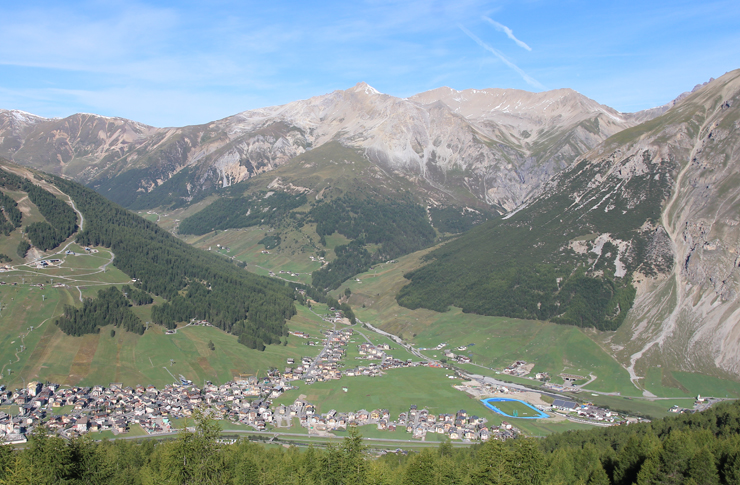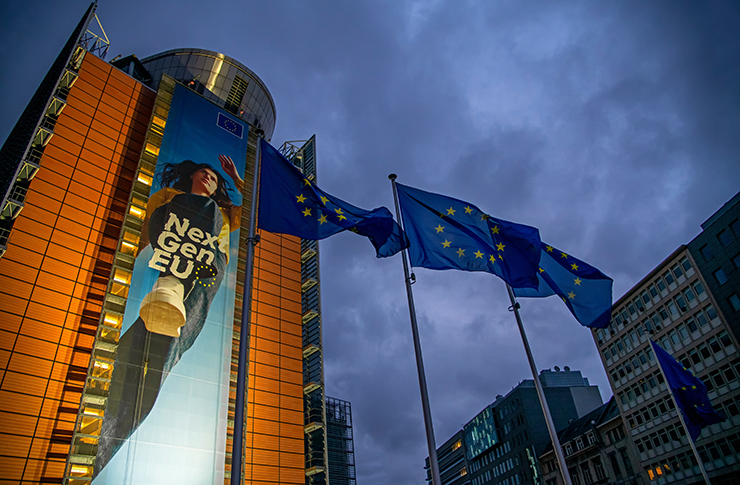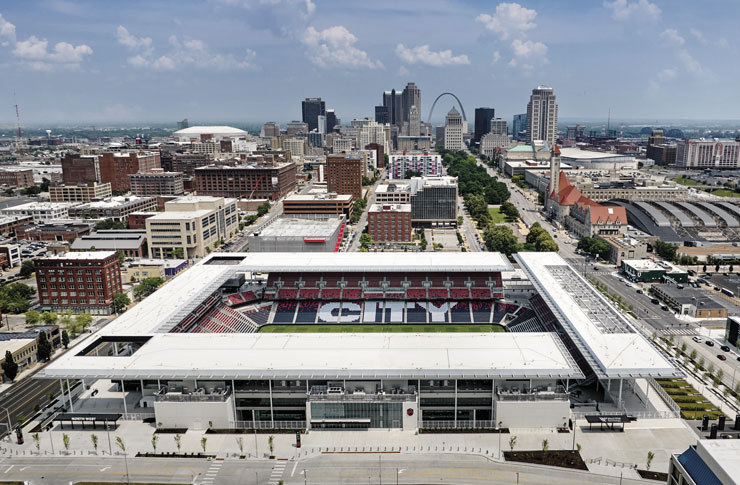Waiting for the winter Olympics 2026 is the starting point for some considerations on the role that sports facilities can play on the economy of the area if you look beyond the so-called big events.
Sport and territory

Panorama of Livigno Valley, with the new athletics facility (ph. BG).
When, on June 24th, the news of the assignment of the 2026 Winter Olympics to Milan and Cortina d’Ampezzo was made official, the binomial Milano-Cortina was codified, forgetting a bit that the chosen Olympic sites go beyond the two cities: as well as some disciplines will even take place in Trentino (outside the two regions that have spent to obtain the assignment), Lombardy will host alpine skiing in Bormio and freestyle in Livigno, two sites in the province of Sondrio known for winter sports.
This is the starting point for some considerations on the role that sports facilities can play on the economy of the area if you look beyond the so-called big events.
You can work, as Livigno has done, to offer top-level sports in all seasons; you can create widespread opportunities for sports with small facilities open to all such as those made by the Mountain Community of Sondrio along the path of the Sentiero Valtellina; from these initiatives, which we have described extensively on these pages in recent months, was born the opportunity to discuss in Sondrio in the conference “Sport and territory“, organized by our media TSPORT and sport&impianti in collaboration with AIS (Associazione Impianti Sportivi).
It will be an opportunity to awaken the interest of the province towards the widespread sports facilities, accessible in all seasons of the year, and intended for everyone, discovering its potential as a driver also economic in the area.
The meeting (scheduled for March 6 but postponed for a few weeks due to the coronavirus emergency), aims to raise awareness of the initiatives already undertaken, but also the possibilities that there are, for local authorities and operators, to invest in the field of sports facilities, and at the same time to lead, through examples and indications of good practice, towards the design of the structures in an effective, sustainable, and landscaped.
A theme that naturally applies outside a specific territory and that deserves to be deepened and applied in any reality of the Country.










